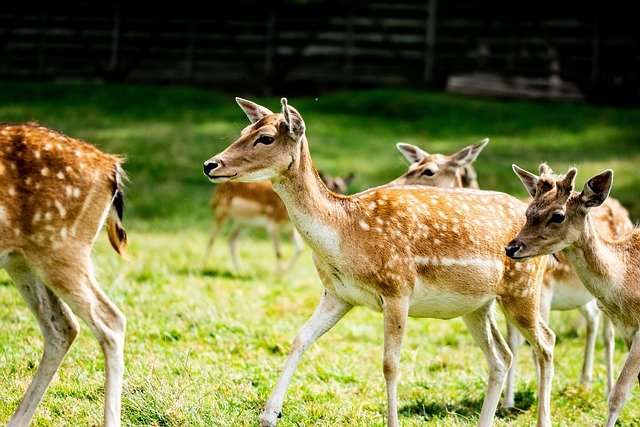Deer are herbivorous mammals belonging to the Cervidae family
Deer are herbivorous mammals belonging to the Cervidae family.
They are known for their graceful appearance and are often a symbol of natural beauty. There are various species of deer, including red deer, sika deer, and muntjac deer, distributed in various parts of the world, from dense forests to open grasslands. Deer have unique characteristics in the form of antlers, which only males have and usually fall off every year.
These horns grow back quickly and serve to attract females during the mating season. In addition, deer have slim bodies and long legs, making it easy for them to move quickly to avoid predators.
Deer habitats vary, from forests to grasslands. They usually live in small groups, led by the female. Female moose give birth to one or two calves each year, which are usually born in the spring. Fawns are well protected by their mothers, who keep them hidden from predators. Deer's main food is leaves, grass, and various types of plants.
They have an efficient digestive system to digest fiber from plants. Deer play an important role in the ecosystem, helping to maintain the balance of flora by controlling plant growth. Deer also have cultural and economic value.
In some areas, deer are hunted for their meat, hides, and antlers. In addition, deer are often a tourist attraction, attracting the attention of nature observers and photographers. Unfortunately, deer habitat is increasingly threatened by human activities such as land clearing and illegal hunting.
Conservation efforts are important to ensure the survival of these species, so that future ecologies can enjoy their beauty and role.

